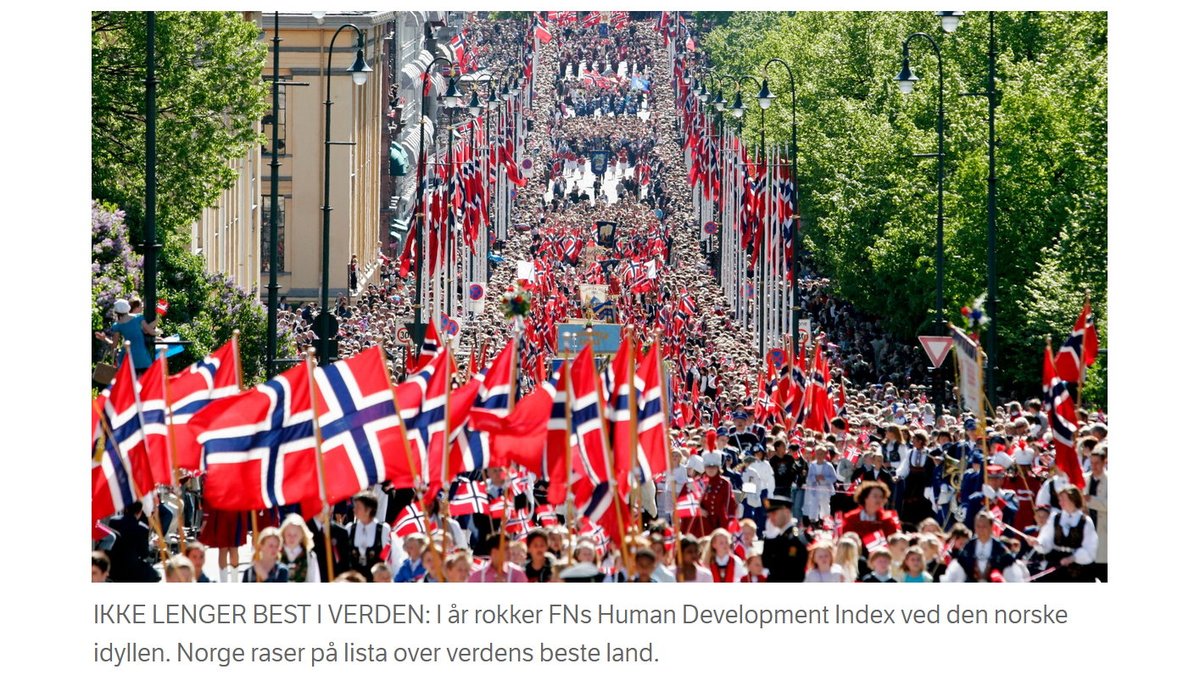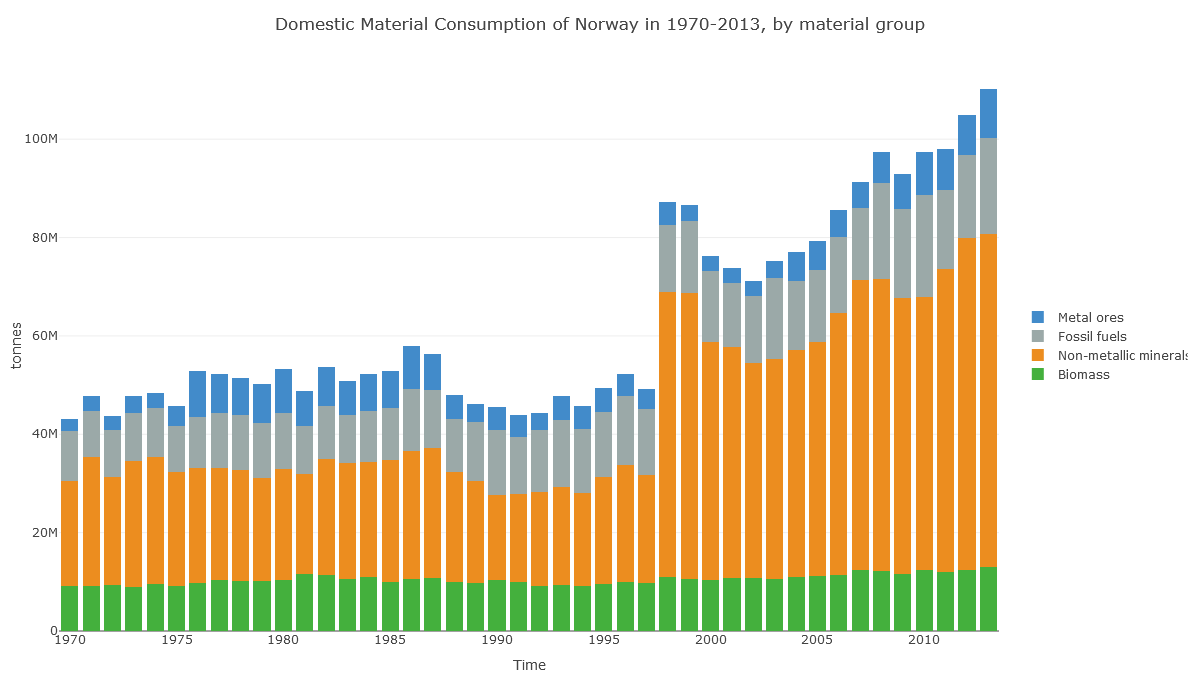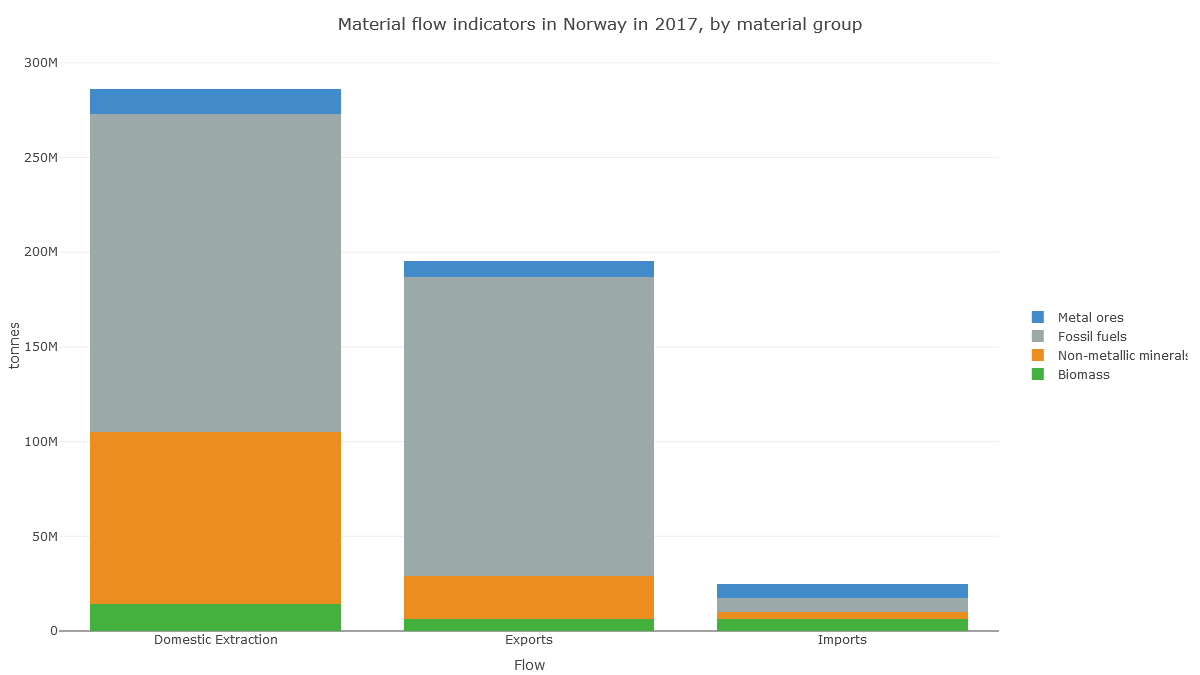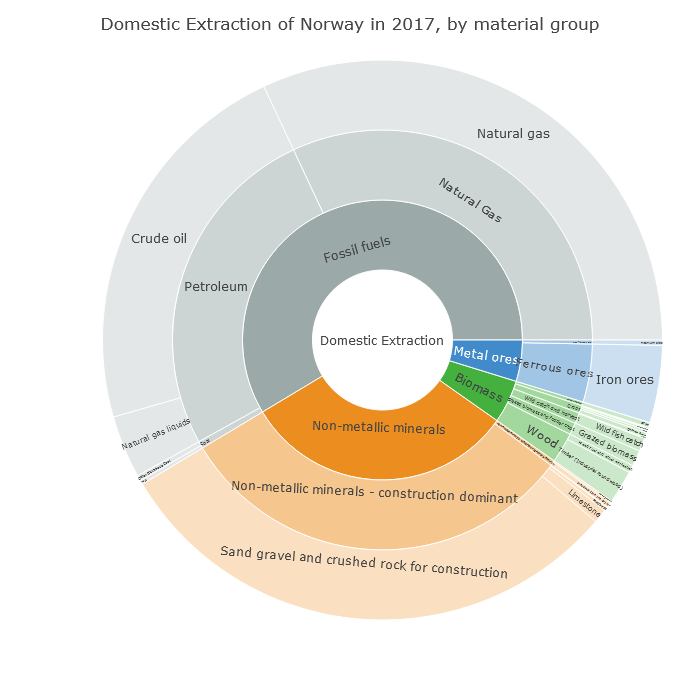What is carbon capture? And how does it work?
While carbon capture is regularly discussed in the media, no one really ever explains what it is.
Below is a quick thread discussing the technology behind traditional carbon capture 👇
Carbon capture is broadly the "capture" of CO2 emissions from a power plant or other type of industrial facility.
Technology is connected to the "tailpipes" of these facilities and is used to remove CO2 from the plant exhaust.
Once the CO2 is removed from the plant exhaust, it is typically pressurized and sent under ground for permanent storage.
This step is called "sequestration" and is why experts often talks about "carbon capture and sequestration" or "CCS".
So how do you "capture" the CO2 molecules from exhaust?
Currently, one of the most economic forms of carbon capture is called "amine-based" capture.
An "amine" is a special liquid chemical which selectively grabs on to CO2 molecules.
To get the amine to grab on to the CO2, the amine is put into the top of a large column, while the exhaust is put into the bottom of the column.
The exhaust bubbles up through the column, and the amine drips down.
The liquid amine and gas exhaust mix in the column.








